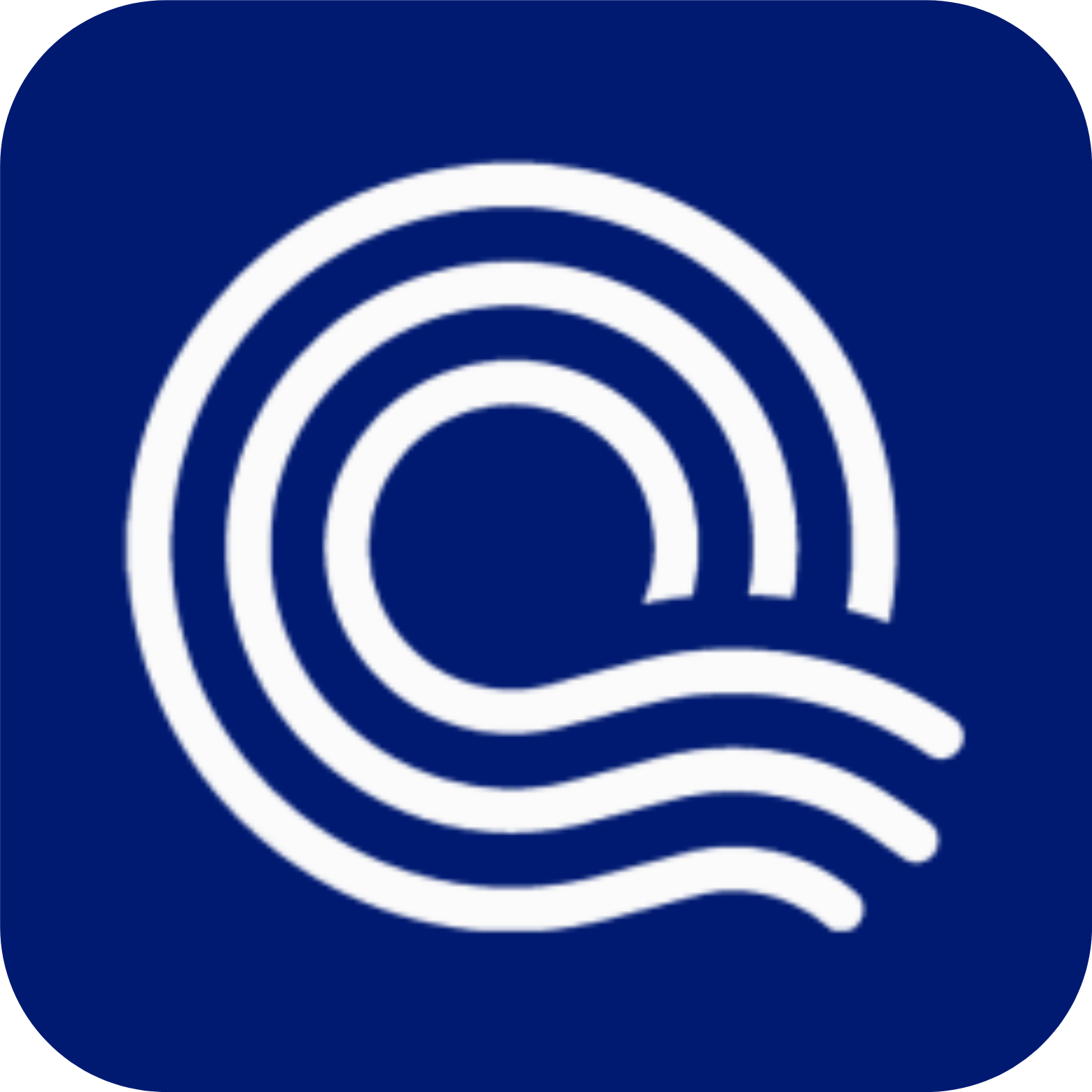Project Description:
Many people with motor impairments still find it difficult to use desktop computers despite earnest efforts in accessibility research. The literature continues to show that specialized assistive technologies are often abandoned or never acquired due to cost, complexity, configuration, maintenance, unavailability, and the need for training. Instead, commodity devices, like everyday mice and trackballs, are still widely used by many people with motor impairments, but current graphical user interfaces are not well matched to the abilities of these users.
This project will radically change user interfaces to be better suited to users. The solution is to remove the two major obstacles to successful human-computer interaction for people with motor impairments: the need to point to confined areas and the need to click within them. The project will do this by using goal crossing. In goal crossing user interfaces, people only need to move their mouse across a threshold without acquiring an area or executing a stable click. Although goal crossing has been studied and employed in pen-based interfaces, it has not been employed in mouse-based interfaces or to improve computer access. The key challenge for this project is to leverage findings from an initial performance study in the creation of accessible goal crossing user interfaces.
The broad impacts of this research are: (1) an increased ability for people with motor impairments to access computer and information technology, (2) a greater awareness of how software can be tailored to meet the needs of users with motor impairments, (3) deployed applications and programming tools that can be downloaded free of charge, and (4) the establishment of a new paradigm of accessible computing that may be transferrable to other platforms, such as mobile touch screens, information kiosks, and continuous voice-based mouse control.
This work will be conducted as a collaboration between the Information School, the Department of Computer Science and Engineering, and the Department of Rehabilitation Medicine at the University of Washington. The project will have regular access to participants at the University of Washington Assistive Technology Clinic.








